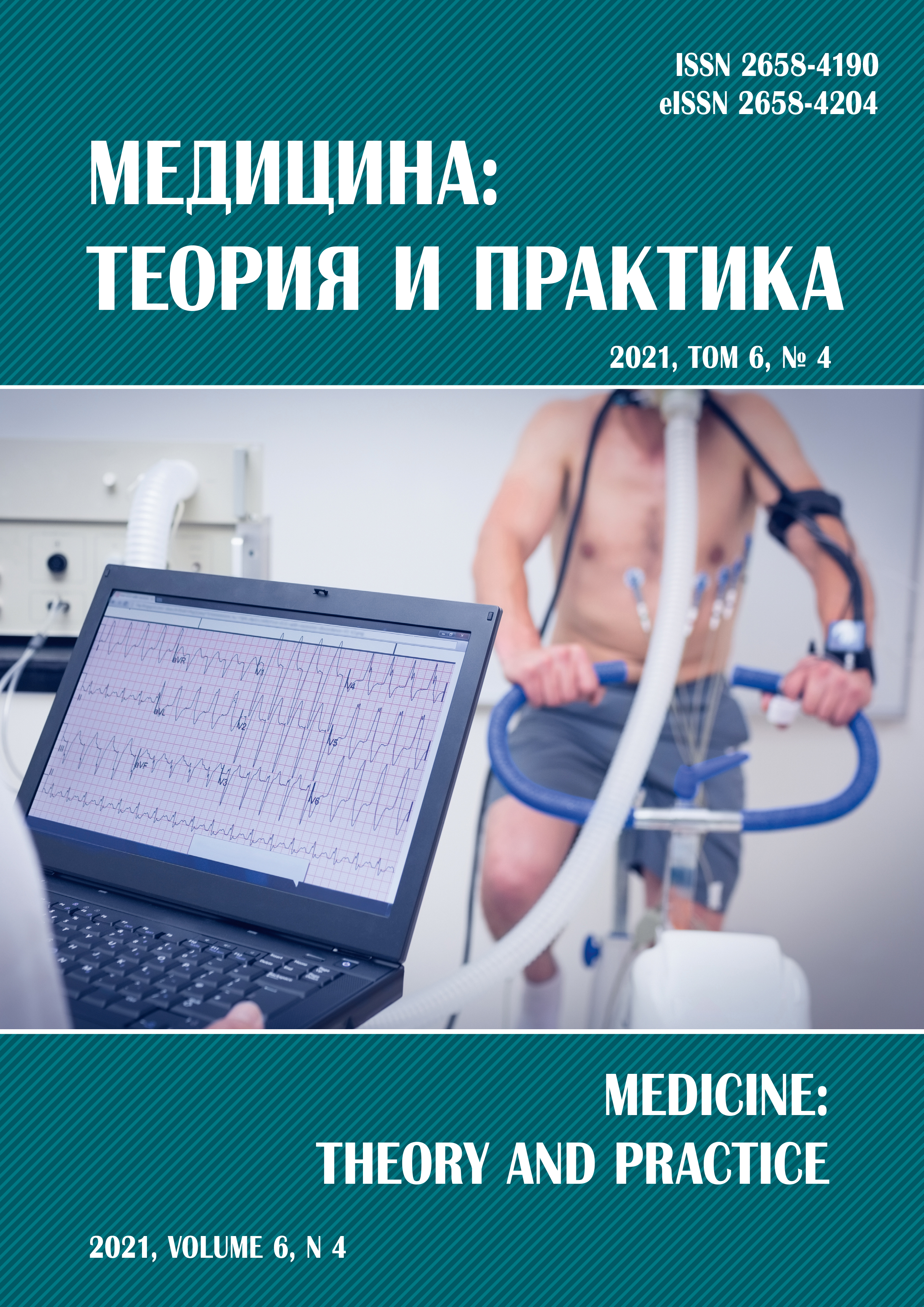Features of body component composition in women with pelvic floor dysfunction
Abstract
Pelvic floor dysfunction is a multifactorial disease, but the issues of the onset and development of the disease remain unresolved. Purpose: to identify the features of the physique and body composition in women with pelvic floor dysfunction in order to choose a rational method of surgical treatment. Materials and methods. In the Republic of Khakassia, 125 women with pelvic organ prolapse and 68 women without this pathology (comparison group) were examined. The definition of the physique was carried out according to M.V. Chernorutsky and body composition according to bioimpedance data. Results. In women with pelvic floor dysfunction, in comparison with the comparison group, the indicators of height (p=0.005) and weight (p=0.002) were lower; the hypersthenic body type was less common (p=0.05); lower content of fat and lean mass (p=0.006); general (p=0.002), extracellular (p=0.036) and intracellular (p=0.001) fluids. Patients with pelvic organ prolapse showed a decrease in basal metabolic rate (p<0.001); at the same time, they have a greater metabolic age (p=0.023) than women in the comparison group. Conclusion. Bioimpedansometry in gynecology supplements information when planning a method of surgical treatment in patients with pelvic floor dysfunction, especially with a high risk of prolapse recurrence.



